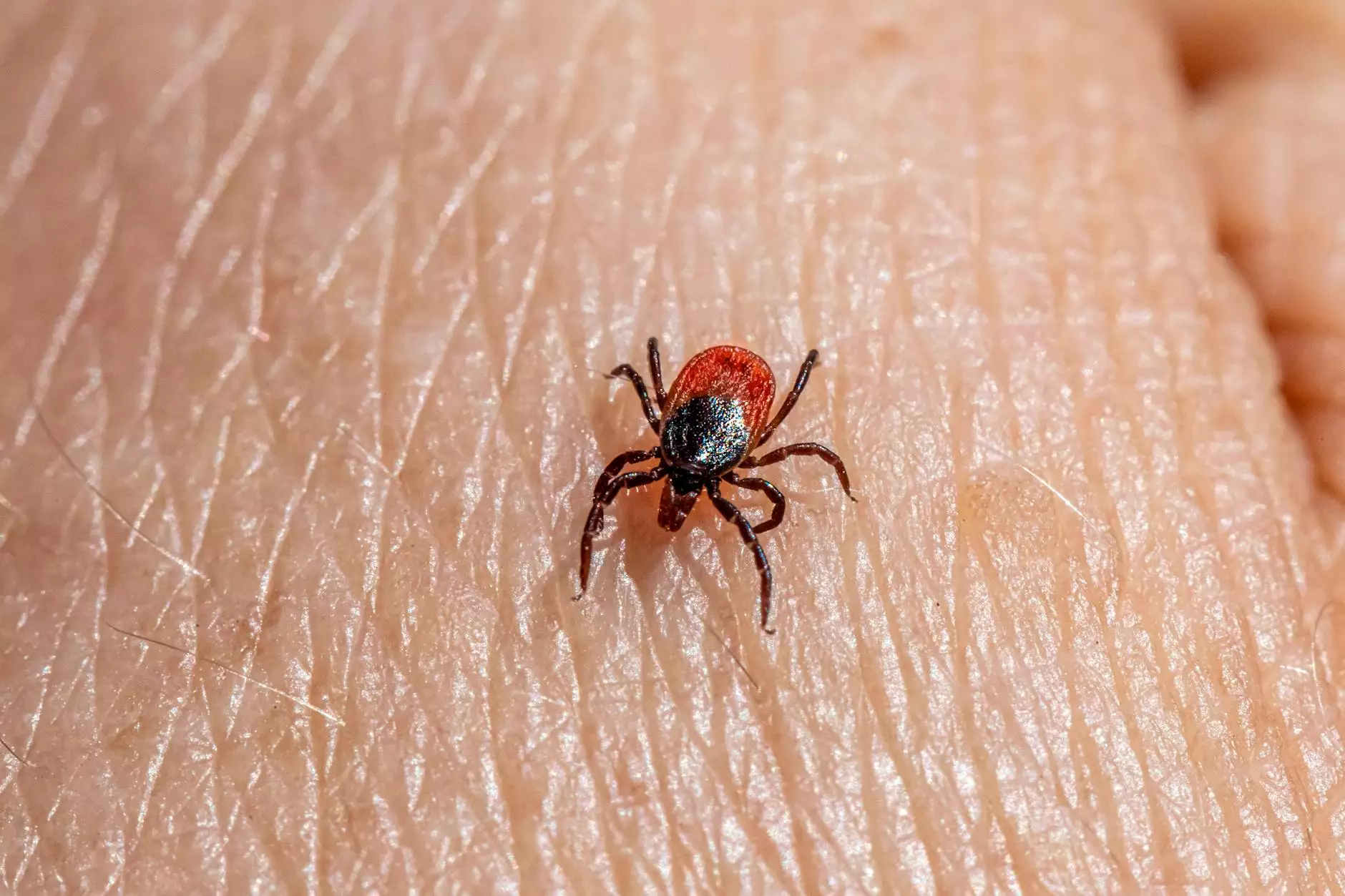Ultimate Guide to Grain Weevil Control: Protecting Your Harvest

The presence of grain weevils in your stored products can lead to detrimental effects on your harvest and business. These pesky insects, known for infesting grains, can cause significant damage, leading to loss of produce, economic strain, and jeopardizing your farming operations. Understanding grain weevil control methods is essential for any farmer focused on sustainability and profitability. This guide provides comprehensive strategies and insights to effectively manage and eliminate these pests.
Understanding Grain Weevils
Grain weevils belong to the family of beetles called Curculionidae and primarily include two types of weevils known for their destructive feeding habits: the rice weevil and the granary weevil. Both species are commonly found in agricultural settings that store grains such as wheat, corn, rice, and barley. Here are some key characteristics:
- Rice Weevil: A dark brown to black beetle, approximately 2.5 to 3 mm long. They possess small dimples on their bodies and can fly, aiding in their dispersal.
- Granary Weevil: Darker than the rice weevil, measuring around 3 to 5 mm long. Unlike rice weevils, they do not have wings, preventing their ability to fly but making them excellent burrowers.
Lifecycle of Grain Weevils
Understanding the lifecycle of grain weevils is crucial for effective grain weevil control. Their lifecycle consists of four stages: egg, larva, pupa, and adult. Here’s a brief breakdown of each stage:
- Egg: Females lay eggs inside the grain kernels. A single female can lay up to 300 eggs.
- Larva: Once the eggs hatch, larvae burrow into the grain, feeding on its insides. This stage lasts several weeks.
- Pupa: After feeding, larvae pupate inside the grain. The pupation occurs within the kernel, making it hard to detect.
- Adult: Adults emerge from the grain, ready to mate and repeat the cycle. They can live for months, increasing the infestation potential.
Why Grain Weevil Control is Crucial
Neglecting grain weevil control can result in:
- Economic Loss: Infestations can lead to significant losses, with estimates ranging from 5% to 20% of produce being compromised.
- Quality Degradation: Grain quality diminishes due to feeding damage and contamination, affecting marketability.
- Increased Control Costs: As infestations grow, control measures become more costly and complex.
Effective Prevention Strategies
Prevention is always better than cure. Here are some effective strategies to mitigate the risks associated with grain weevil infestations:
1. Proper Grain Storage
Storing grains properly is the first line of defense. Ensure that:
- Grains are stored in sealed containers to minimize air circulation.
- All storage facilities are clean and free from spills, which can attract weevils.
- Temperature and humidity are monitored and controlled to inhibit weevil growth.
2. Implementing Regular Inspections
Conducting routine inspections of stored grains allows for early detection of pests. Focus on:
- Looking for signs of damage on sack seams and containers.
- Checking for weevil sightings, larvae, or unusual odors.
- Using pheromone traps to monitor adult weevil activity.
3. Utilizing Natural Predators
Encouraging or introducing natural predators can significantly help in grain weevil control. These include:
- Parasitoid wasps: They can target weevil larvae.
- Nematodes: Microscopic worms that prey on weevil larvae.
Active Control Methods
When prevention fails, active control methods become necessary. Below are grain weevil control methods to consider:
1. Chemical Control
Insecticides can be effective but should be used as a last resort. Choose targeted insecticides that are safe for the environment and follow the manufacturer's instructions meticulously. Types of insecticides include:
- Contact pesticides: Kill weevils upon contact.
- Insect growth regulators (IGRs): Interfere with the weevil lifecycle.
2. Heat Treatment
Heat treatment involves raising the temperature of stored grain to levels that are lethal to weevils. Effective heat treatment requires:
- Maintaining temperatures above 130°F (54°C) for a minimum of 30 minutes.
- Using heating systems that can evenly distribute heat throughout the storage unit.
3. Fumigation
Fumigation is another effective option for large-scale infestations. It involves using gas that penetrates grain to kill pests. Ensure that:
- Qualified personnel perform fumigation.
- Safety protocols are strictly followed to protect the environment and human health.
Post-Harvest Practices for Grain Weevil Control
Your grain weevil control efforts should extend beyond initial treatments. Implement these post-harvest practices:
1. Thorough Cleaning
After harvesting, ensure that all machinery and storage facilities are thoroughly cleaned and disinfected to remove any remaining pests or eggs.
2. Monitoring and Reporting
Set up a monitoring system to quickly identify new infestations. Report any serious occurrences to agricultural authorities for guidance and intervention.
3. Education and Training
Regularly update staff on pest management techniques, including recognizing signs of infestation and proper storage procedures.
Conclusion
Effective grain weevil control is vital for maintaining the quality and quantity of your harvest. By understanding grain weevil life cycles, implementing preventive strategies, and using active control measures, you can secure your grain storage and minimize losses.
For those involved in farm equipment repair and the broader agricultural sector, investing in practices that manage pests not only protects your produce but also enhances the overall efficiency and profitability of your operations. Being proactive can lead to sustainable farming and a thriving business at tsgcinc.com.









